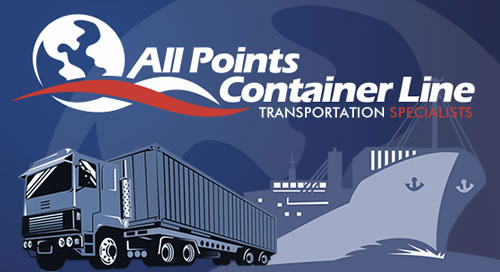The Federal Emergency Management Agency (FEMA) plays a crucial role in disaster response and recovery efforts across the United States. Central to its mission is the ability to deliver emergency services and supplies swiftly and efficiently to affected areas. This capability is significantly enhanced by the power of the U.S. logistics infrastructure – which includes a robust network of transportation, warehousing, and distribution systems. Here’s how the strength of U.S. logistics benefits FEMA in fulfilling its critical mission.
Rapid Deployment of Resources
One of the primary advantages of the U.S. logistics system is its capacity for rapid deployment of resources. The extensive network of highways, railroads, airports, and ports facilitates the quick movement of emergency supplies and personnel to disaster-stricken regions. FEMA leverages these assets to initiate rapid response operations, reducing the time from disaster occurrence to intervention.
Scalability and Flexibility
U.S. logistics are not only vast but also highly adaptable, allowing for scalability and flexibility in response efforts. This adaptability is crucial during large-scale disasters that require significant resources. FEMA can scale operations up or down based on the severity of the incident and the specific needs of the affected area, thanks to the versatility of the logistics network.
Advanced Technology and Coordination
Technological advancements in logistics play a significant role in enhancing FEMA’s response capabilities. Real-time data analytics, GPS tracking, and advanced communication systems ensure that resources are managed and deployed efficiently. This technology facilitates better coordination among various federal, state, and local agencies – as well as with private sector partners, ensuring that efforts are not duplicated and resources are distributed where they are needed most.
Pre-Positioned Supplies
Another logistical strength is the strategic positioning of supplies. FEMA utilizes pre-positioned stockpiles throughout the country, including non-perishable food, water, medical supplies, and emergency equipment. These supplies are stored in strategic locations based on historical data and risk assessment to ensure quicker distribution following a disaster.

